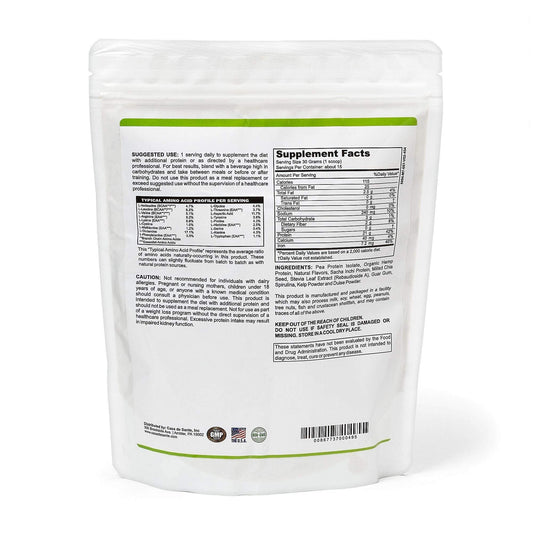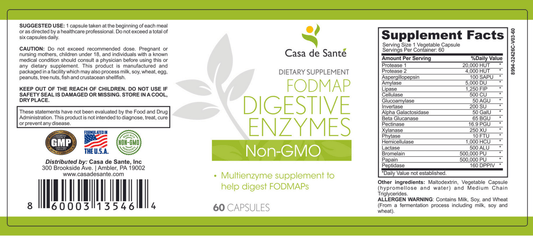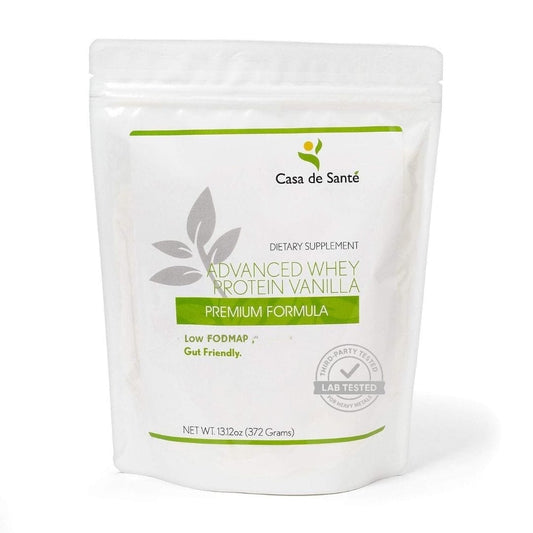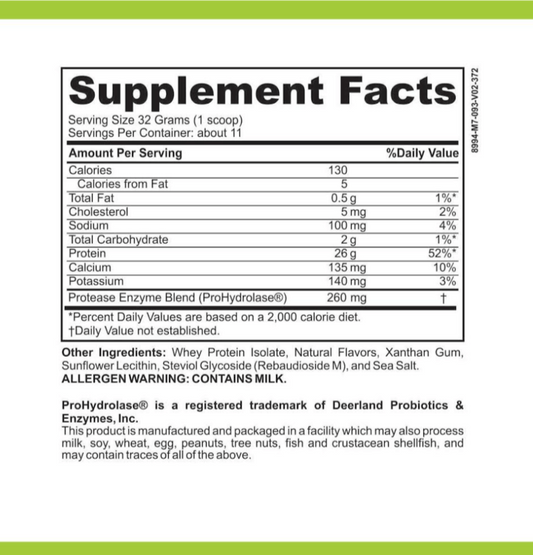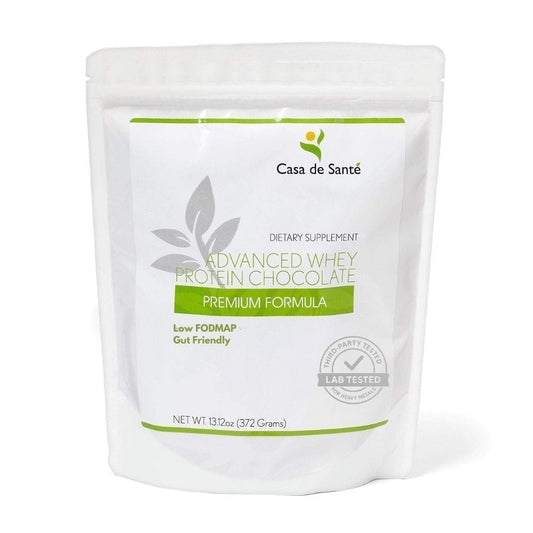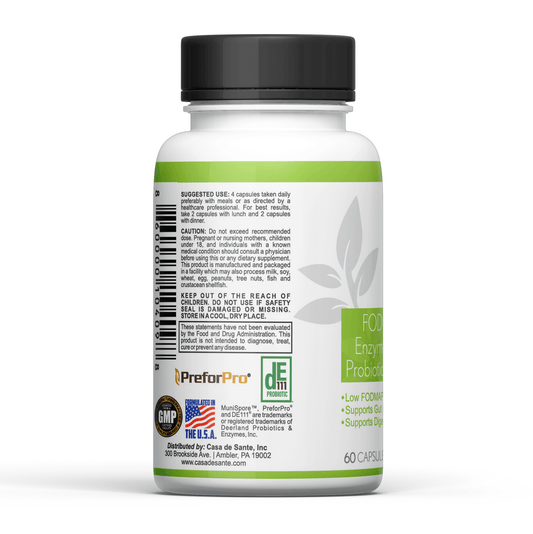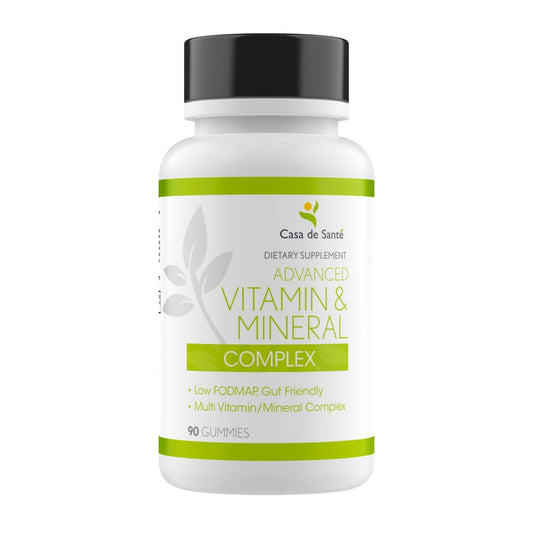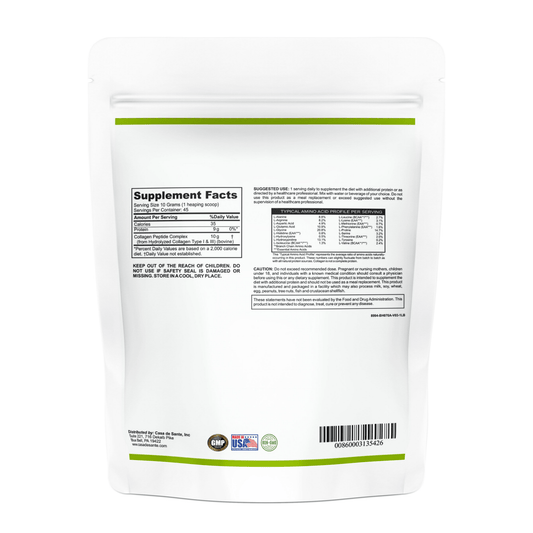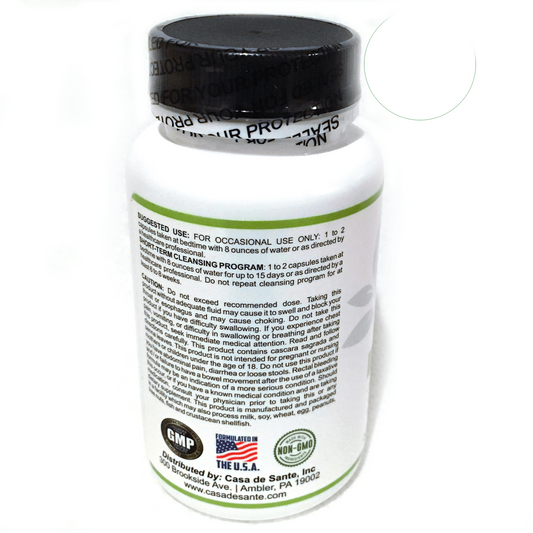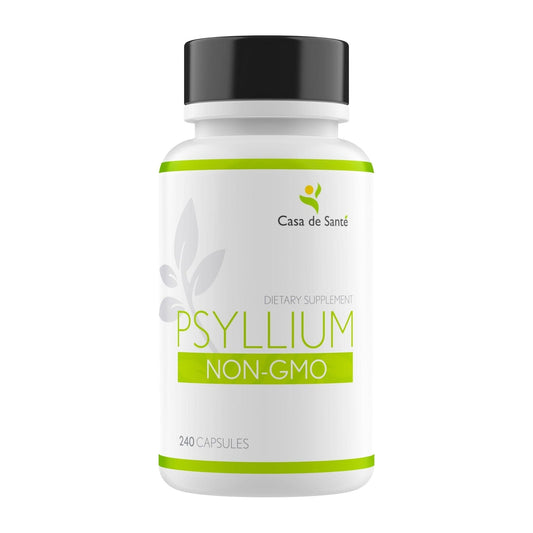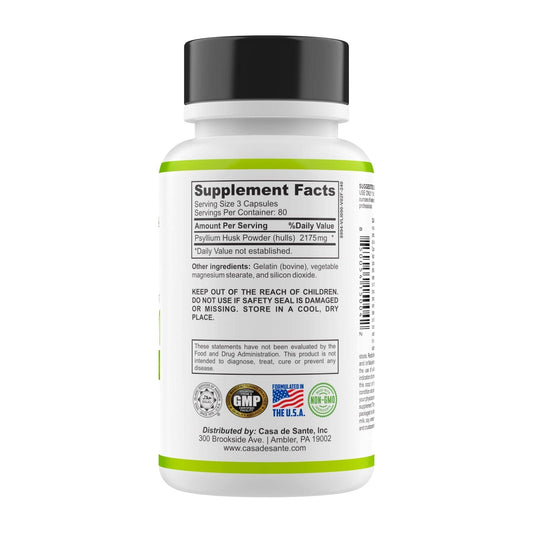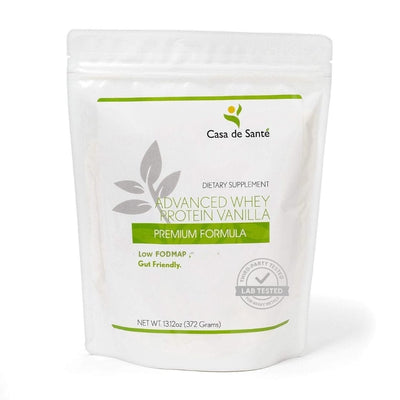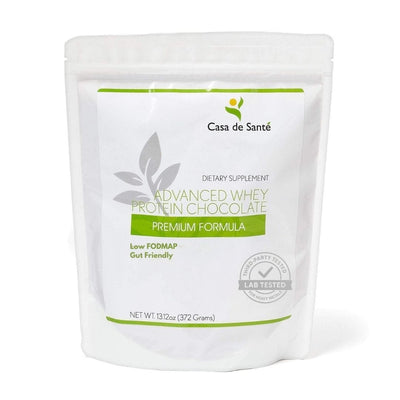Understanding POTS: Does POTS Make Your Hands Shake?
Postural Orthostatic Tachycardia Syndrome (POTS) can be a tricky condition to understand. It affects how the body regulates blood flow and heart rate, particularly when moving from lying down to standing up. One common symptom that many people with POTS experience is shaking, particularly in their hands. In this article, we'll explore the connection between POTS and hand tremors, and what you can do about it.
Key Takeaways
- POTS can cause shaking, especially when standing due to blood pressure changes.
- Hyperadrenergic POTS involves high adrenaline levels, which can lead to increased shaking.
- Shaking symptoms vary greatly from person to person, from mild to severe.
- Managing POTS may involve lifestyle changes, medications, and working closely with a doctor.
- Finding support and community resources can help in coping with the challenges of living with POTS.
Understanding POTS Symptoms
POTS, or Postural Orthostatic Tachycardia Syndrome, can manifest in a variety of ways, making it a challenging condition to understand and manage. It's not just about a fast heart rate; it's about how your body reacts to changes in posture, especially when moving from lying down to standing. This can trigger a cascade of symptoms that affect daily life.
Common Symptoms of POTS
When you stand, your heart rate jumps, and that's when the fun begins. People with POTS often experience a rapid, pounding heartbeat, also known as palpitations. Beyond that, you might feel dizzy, lightheaded, or even faint. Other common complaints include fatigue, sweating, nausea, and headaches. It's a mixed bag of unpleasantness, and no two people experience it exactly the same way. These symptoms of a condition can really throw a wrench in your day.
Here's a quick rundown:
- Rapid heart rate upon standing
- Dizziness or lightheadedness
- Fatigue
- Brain fog
- Headaches
How Symptoms Vary by Individual
What makes POTS so tricky is that it's not a one-size-fits-all condition. Some people might primarily struggle with fatigue, while others are more bothered by dizziness or brain fog. The severity of symptoms can also fluctuate, with some days being better than others. Factors like stress, dehydration, and even the menstrual cycle can influence how POTS manifests. It's all about learning to listen to your body and figuring out what triggers your specific symptoms.
Impact on Daily Life
The unpredictable nature of POTS symptoms can significantly impact daily life. Simple tasks like grocery shopping, attending classes, or even just standing in line can become major challenges. Many people with POTS find it difficult to work full-time or maintain a consistent social life. The constant need to manage symptoms can be exhausting and isolating. It's a condition that demands a lot of adaptation and self-care.
Living with POTS often means making significant adjustments to your lifestyle. It's about finding strategies to manage symptoms and maintain a sense of normalcy despite the challenges. This might involve pacing yourself, staying hydrated, and learning to advocate for your needs.
The Connection Between POTS and Shaking
Why Am I Shaking?
One of the more unsettling symptoms some people with POTS experience is shaking. It can be alarming, especially if it comes on suddenly. The shaking is often related to how POTS affects blood pressure and the nervous system. When you stand, your blood pressure can drop, reducing blood flow to the brain, which can trigger shaking. Also, the body's response to POTS can involve the release of hormones that contribute to this symptom.
What Is Hyperadrenergic POTS?
In some individuals, shaking is linked to a subtype called hyperadrenergic POTS. This is when the body overproduces stress hormones like norepinephrine and epinephrine (adrenaline). These hormones cause:
- Increased heart rate
- Constriction of blood vessels
- Shaking or tremors
Hyperadrenergic POTS can feel like you're constantly in a state of heightened anxiety or panic. It's important to recognize this subtype because management strategies might differ from typical POTS.
Shaking Is Different for Everyone
The intensity of shaking varies significantly among people with POTS. For some, it might be a barely noticeable tremor when standing. For others, it can be severe enough to interfere with daily activities like walking, writing, or holding objects. Just like other POTS symptoms, shaking is a very individual experience. What one person experiences might be completely different for another. It's important not to compare your symptoms to others and to focus on managing your own specific challenges.
Managing POTS-Related Shaking

Okay, so you're dealing with the shakes alongside your POTS. It's annoying, I get it. But there are things you can do! It's not just something you have to live with without trying to make it better. Let's look at some ways to manage that tremor.
Consulting with Your Doctor
First things first, talk to your doctor. I know, it sounds obvious, but it's super important. They can help figure out what's causing your shaking and rule out other conditions. Plus, they can tailor a treatment plan just for you. Don't just assume it's "just POTS" and try to tough it out. Your doctor can assess if your shaking is related to dysautonomia or something else entirely.
Lifestyle Changes to Consider
Okay, so maybe you're not thrilled about meds right away. That's cool. There are some lifestyle tweaks that can make a difference. Think of it as turning down the volume on your symptoms.
- Hydration is key. Seriously, drink more water. Dehydration can make POTS symptoms, including shaking, worse.
- Salt it up (a little). Increasing your salt intake can help raise blood pressure, which can ease some POTS symptoms. But talk to your doctor before you start chugging salt water.
- Compression gear. Compression socks or stockings can help improve blood flow and reduce that shaky feeling. They're not the most fashionable, but hey, comfort wins.
Listen to your body. If you notice certain activities or situations make your shaking worse, try to avoid them or modify how you do them. Maybe standing for long periods is a trigger, or perhaps it's stress. Identifying your triggers is half the battle.
Medications That May Help
Sometimes, lifestyle changes aren't enough, and that's okay. There are medications that can help manage POTS symptoms, including shaking. These meds often target the underlying issues, like heart rate and blood pressure regulation. Some common options include:
- Beta-blockers: These can help slow down your heart rate and reduce adrenaline surges.
- Midodrine: This medication helps raise blood pressure.
- SSRIs: Sometimes, shaking can be related to anxiety, and SSRIs can help manage that.
Remember, medication isn't a one-size-fits-all thing. What works for one person might not work for another. Talk to your doctor about the risks and benefits of each option to find the best fit for you. It might take some trial and error, but don't get discouraged. Finding the right medication can make a huge difference in your quality of life.
The Role of Adrenaline in POTS
How Adrenaline Affects the Body
Adrenaline, also known as epinephrine, is a hormone and neurotransmitter that plays a huge role in the body's "fight or flight" response. When you're stressed or perceive danger, your adrenal glands release adrenaline into your bloodstream. This leads to a cascade of effects, including an increased heart rate, heightened awareness, and a surge of energy. It's designed to help you react quickly in emergency situations. But what happens when this system is constantly activated, like in POTS?
The Link Between Stress and Shaking
Stress and shaking are closely linked, especially in conditions like POTS. When you're stressed, your body releases adrenaline. This can cause a rapid heart rate and increased muscle tension, which can manifest as shaking or tremors. For individuals with POTS, this response can be amplified, leading to more pronounced shaking even with minor stressors. Managing stress through techniques like deep breathing, meditation, or yoga can sometimes help reduce the frequency and intensity of these episodes. It's all about finding what works best for you to calm your nervous system.
Understanding Hyperadrenergic Responses
Hyperadrenergic POTS is a subtype where the body produces excessive amounts of norepinephrine, another stress hormone similar to adrenaline. This overproduction can lead to a range of symptoms, including high blood pressure, anxiety, and, yes, shaking. The excess norepinephrine causes blood vessels to constrict, leading to increased blood pressure and heart rate, which can trigger tremors.
Managing hyperadrenergic POTS often involves a combination of lifestyle adjustments and medications aimed at reducing the overactivity of the sympathetic nervous system. It's a delicate balance, and finding the right approach usually requires close collaboration with a healthcare professional.
Here are some common symptoms associated with hyperadrenergic responses:
- Increased heart rate
- Elevated blood pressure
- Anxiety or panic attacks
- Tremors or shaking
If you suspect you might have hyperadrenergic POTS, it's important to consult with your doctor for proper diagnosis and management.
Diagnosing POTS and Its Symptoms

Tests and Evaluations
So, you suspect you might have POTS? The first step is getting properly evaluated. Doctors use a few different tests to figure out what's going on. The most common one is the tilt table test. During this test, you're strapped to a table that moves from a lying to an upright position. Your heart rate and blood pressure are monitored to see how they respond to the change. It's not the most fun thing in the world, but it gives doctors a clear picture of how your body reacts to positional changes. Other tests might include an electrocardiogram (EKG) to check your heart's electrical activity and blood tests to rule out other conditions. It's all about gathering data to paint a complete picture.
Identifying Triggers
Once you've been diagnosed, the next step is figuring out what makes your symptoms worse. Identifying triggers can be a game-changer in managing POTS. Common triggers include:
- Heat: Many people with POTS find that hot weather exacerbates their symptoms.
- Dehydration: Not drinking enough fluids can lead to a drop in blood volume, making symptoms worse.
- Prolonged Standing: Standing for long periods can cause blood to pool in the legs, triggering symptoms.
- Stress: Physical or emotional stress can also worsen POTS symptoms.
Keeping a symptom diary can be really helpful. Note when your symptoms occur and what you were doing beforehand. Over time, you might start to see patterns emerge. Once you know your triggers, you can take steps to avoid them or manage them more effectively. For example, if heat is a trigger, you can try to stay in air-conditioned environments or use cooling towels.
Differentiating from Other Conditions
POTS can be tricky because its symptoms overlap with many other conditions. It's not uncommon for people with POTS to be misdiagnosed initially. Conditions like anxiety disorders, chronic fatigue syndrome, and even certain heart problems can mimic POTS. That's why a thorough evaluation is so important. Doctors need to rule out other possibilities before landing on a POTS diagnosis. This often involves a combination of physical exams, blood tests, and specialized tests like the tilt table test. Getting the right diagnosis is the first step toward effective management. If you're experiencing symptoms, don't hesitate to advocate for yourself and seek a second opinion if needed. Understanding POTS symptoms is key to getting the right care.
It's important to remember that diagnosing POTS can sometimes be a long process. Don't get discouraged if it takes time to get a definitive answer. The key is to work closely with your doctor and be persistent in seeking the right diagnosis.
Living with POTS
Coping Strategies
Okay, so you've got POTS. It's a real drag, but it's not the end of the world. There are things you can do to make life a little easier. First off, listen to your body. If you're feeling dizzy or lightheaded, sit down or lie down. Don't push yourself too hard.
- Stay hydrated. Dehydration can make POTS symptoms worse. Carry a water bottle with you and sip on it throughout the day.
- Eat small, frequent meals. Big meals can cause a drop in blood pressure, which can trigger symptoms.
- Consider compression garments. Compression socks or leggings can help improve blood flow and reduce symptoms. You can find compression garments at most pharmacies or online.
It's all about finding what works for you. Some people find that exercise helps, while others find that it makes their symptoms worse. Experiment and see what makes you feel better.
Support Systems and Resources
Living with POTS can be isolating, but you're not alone. There are many people who understand what you're going through.
- Talk to your family and friends about your condition. It can be hard for them to understand if you don't explain it to them.
- Join a support group. There are many online and in-person support groups for people with POTS. It can be helpful to connect with others who understand what you're going through.
- Don't be afraid to ask for help. If you're struggling, reach out to a therapist or counselor. They can help you develop coping mechanisms and manage your symptoms.
Finding Community Support
Finding others who understand POTS can be a game-changer. It's comforting to know you're not the only one dealing with this. Online forums and social media groups dedicated to POTS can be a great place to connect. You can share experiences, ask questions, and get advice from people who truly get it. These communities can offer emotional support and practical tips for managing daily life with POTS. Look for local chapters of POTS organizations, too. Meeting people in person can create a stronger sense of connection and belonging. Remember, building a support network is key to navigating the challenges of living with POTS. It's about finding your tribe and knowing you're not alone in this journey.
Research and Future Directions
Current Studies on POTS
There's a lot of work happening right now to better understand POTS. Researchers are looking into everything from the underlying causes of the condition to new ways to manage symptoms. Many studies focus on the autonomic nervous system and how it malfunctions in people with POTS. Some research even explores the potential role of genetics in predisposing individuals to POTS. Clinical trials are underway, testing new medications and therapies to improve the quality of life for those affected.
Potential Treatments on the Horizon
Excitingly, several potential treatments are being investigated. These include:
- Targeted drug therapies to regulate blood pressure and heart rate.
- Non-pharmacological interventions like specialized exercise programs.
- Investigating the role of the gut microbiome in POTS.
- Advanced diagnostic tools for earlier and more accurate detection.
It's important to remember that research takes time, and not all potential treatments will make it to market. However, the ongoing efforts offer hope for more effective and personalized approaches to managing POTS in the future.
Understanding Long-Term Effects
One area of increasing focus is the long-term impact of POTS. Researchers are working to understand how POTS affects various aspects of life over many years. This includes:
- The impact on cardiovascular health.
- The effects on cognitive function and mental well-being.
- The long-term effectiveness of current treatments.
Understanding these long-term effects is crucial for developing comprehensive care plans and improving the overall prognosis for individuals living with POTS.
Wrapping It Up
So, does POTS make your hands shake? The answer is yes, it can. Shaking is just one of the many symptoms that can come with POTS, and it can vary from person to person. If you’re dealing with this, you’re not alone. Many people experience similar issues. It’s important to talk to your doctor about what you’re feeling. They can help you figure out what’s going on and what you can do about it. Remember, managing POTS is possible, and getting the right support can make a big difference.
Frequently Asked Questions
What is POTS?
POTS stands for Postural Orthostatic Tachycardia Syndrome. It's a condition that affects how your body controls heart rate and blood pressure, especially when you stand up.
Who can get POTS?
POTS is most common in young women, but it can affect anyone, regardless of age or gender.
What causes shaking in POTS?
Shaking can happen due to a drop in blood pressure when you stand up, which reduces blood flow to the brain. It can also be caused by high levels of adrenaline.
What is hyperadrenergic POTS?
Hyperadrenergic POTS is a type of POTS where the body releases too much adrenaline, leading to a faster heartbeat and possible shaking.
How can I manage shaking from POTS?
Managing shaking can include talking to your doctor about treatment options, making lifestyle changes like drinking more fluids, and possibly taking medication.
Is there a cure for POTS?
There is no cure for POTS, but it can be managed with the right treatment and lifestyle adjustments.


